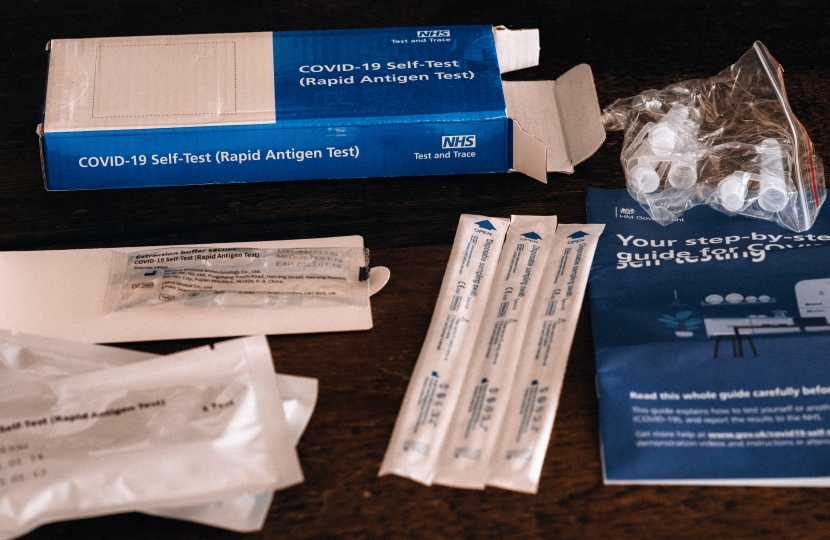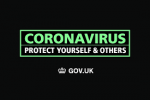
From 11 January, most people with a positive lateral flow test do not need to take a confirmatory polymerase chain reaction (PCR) test to confirm they have COVID-19.
The temporary measure was announced last week while coronavirus (COVID-19) rates remain high across the UK. During periods of high prevalence, it is very likely that a positive LFD test means you have COVID-19. Record numbers of free LFD tests have been distributed over recent weeks and capacity continues to increase.
LFD tests are to be used by people without COVID-19 symptoms. Anyone who has one of the core symptoms of COVID-19 – a high temperature, a new, continuous cough or a loss or change to your sense of smell or taste – should self-isolate and take a PCR test. They must self-isolate if they get a positive test result, even if they have had a recent negative lateral flow test. These rules have not changed.
If you test positive on a lateral flow device (LFD) test you should self-isolate immediately and register your result on GOV.UK so that NHS Test and Trace can trace your contacts.
In line with the reduced self-isolation approach announced on 22 December, anyone who tests positive can leave self-isolation 7 days after the date of their initial positive test if they receive 2 negative LFD results, 24 hours apart, on days 6 and 7.
Chief Executive of the UK Health Security Agency (UKHSA), Dr Jenny Harries, said -
This is a tried and tested approach. With COVID-19 cases high, we can confidently say lateral flow tests can be used to indicate COVID-19 without the need for PCR confirmation.
If you test positive on an LFD, you should self-isolate immediately and register your result to allow contact tracing to take place.
There are some exceptions to this approach and certain groups will still require a confirmatory PCR following a positive LFD result:
-
People who wish to claim the Test and Trace Support Payment. To claim the Test and Trace Support Payment, you must have tested positive for COVID-19 following a PCR test or an assisted LFD test.
-
People who have received an email or letter from the NHS because of a health condition that means they may be suitable for new COVID-19 treatments. This applies when they develop any COVID-19 symptoms, and they should use the PCR test kit that was sent to them in the post for this purpose. If they have not received a PCR test kit they can arrange to have a PCR test.
-
People who are taking LFD tests as part of research or surveillance programmes, and the programme asks them to take a follow-up PCR test.
-
People who have a positive day 2 LFD test result after they arrive in England.
Around 1.7 billion LFD tests have been distributed across the UK since the start of the COVID-19 pandemic, with maximum home delivery capacity now 7 million LFD tests every day.


